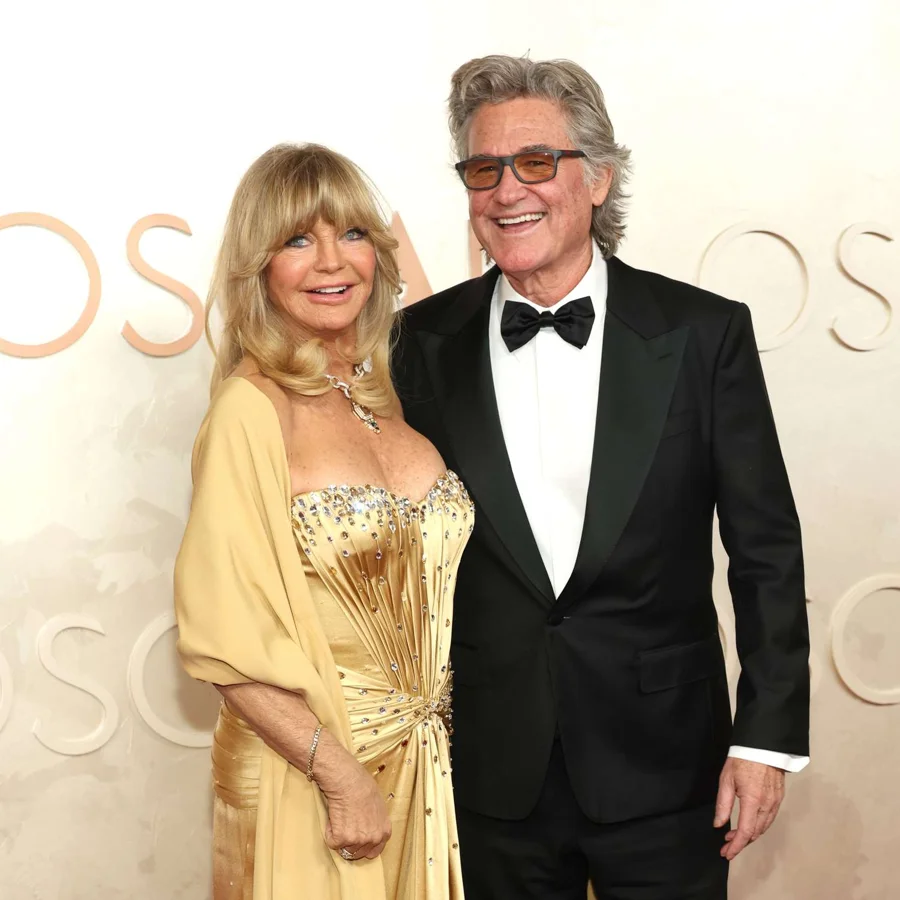Kevin Costner, a renowned actor and filmmaker, has experienced notable tension with western legends Clint Eastwood and Kurt Russell during his career. These behind-the-scenes conflicts occurred across several projects, emphasizing the challenges behind Costner’s rise in Hollywood and his dedication to the western genre.
Kevin Costner’s Early Rise and His Western Legacy
Costner began his acting journey in the early 1980s with small roles in films such as Night Shift and The Big Chill, before gaining momentum with his part in Silverado. By the late 1980s, his popularity soared as he featured prominently in baseball movies and romantic dramas, but it was westerns where he truly excelled. His landmark film Dances with Wolves earned him three Oscar nominations, including Best Picture and Best Director wins, firmly establishing his cowboy legend status.
Costner continued his western pursuits with Wyatt Earp and appeared in television projects like Hatfields & McCoys and Yellowstone, further boosting his association with rugged frontier storytelling. While some of his projects, including his self-funded Horizon: An American Saga, faced commercial and critical obstacles, they reflected his ongoing passion for the genre. However, Costner’s collaborations with Eastwood and Russell brought unexpected friction that contrasted with his otherwise celebrated career.
Setback on Clint Eastwood’s Set: The Stand-In Incident during A Perfect World
Costner and Eastwood worked together only once, on the 1993 film A Perfect World, where Eastwood directed and acted as a sheriff hunting an escaped prisoner played by Costner. The production revealed stark differences between Eastwood’s strict directing style and Costner’s approach to preparation. At one point, Costner was late for a scene, and Eastwood, known for his punctuality and discipline, replaced him with a stand-in.

This unusual substitution was caught on film, with the stand-in briefly appearing on screen in place of Costner. The incident caused considerable tension between the two, leading to a reportedly heated exchange, though exact details remain private. This moment reflected Eastwood’s commitment to maintaining a tight shooting schedule and his readiness to hold even star actors accountable, illustrating the challenges of working with the meticulous filmmaker.
Conflicting Visions with Kurt Russell over 3000 Miles to Graceland
Costner also collaborated once with Kurt Russell on the early 2000s heist film 3000 Miles to Graceland, casting both as criminals exploiting Elvis Week in Las Vegas. Despite their shared success in western films, the two clashed over how the film should be edited. Russell preferred a character-driven cut with less emphasis on action, while Costner’s version was louder and more explosive.
Ultimately, test audiences favored Costner’s take, and that version was released in theaters in 2001. The film, however, was a critical and commercial failure, grossing just $18 million against its $50 million budget. While the post-production disagreement showed a rivalry of creative priorities, reports indicate that Costner and Russell maintained a professional working relationship on set, and their conflict remained an amicable difference rather than outright hostility.
Competing for Wyatt Earp: Costner and Russell’s 1990s Western Rivalry
The 1990s produced two competing western films about the iconic lawman Wyatt Earp: Costner’s Wyatt Earp and Russell’s Tombstone. Both projects were launched simultaneously, which ignited an unofficial rivalry between the actors. Tombstone achieved moderate success and solidified Russell’s standing in the western film hall of fame, whereas Wyatt Earp floundered financially, earning $55 million against a production budget exceeding $60 million.
Russell attempted to ease the competition by proposing a respectful cameo exchange, whereby each actor would appear in the other’s film, dying at the hand of the competing Wyatt Earp. Costner was reportedly open to this gesture, but the idea was rejected by someone on Wyatt Earp’s production team in a dismissive manner, souring the relationship between the projects. This incident transformed the professional rivalry into something more personal, though actual tensions between Costner and Russell were limited.
Understanding the Impact of Costner’s On-Set Clashes
Despite these clashes, Kevin Costner’s reputation in Hollywood remains largely positive, with his disagreements often seen as part of creative processes rather than damaging feuds. His interactions with Clint Eastwood and Kurt Russell reveal the pressures and differing artistic visions that can arise in high-profile productions, especially when working alongside equally strong-willed icons of the western genre.
These conflicts highlight how Costner navigated collaborations with revered peers while remaining dedicated to his vision, particularly in western storytelling. Moving forward, his legacy continues to be shaped not only by his successes on screen but also by his willingness to stand firm in creative disputes, inspiring ongoing discussions about artistic control and collaboration in Hollywood’s film industry.
“Eastwood is notoriously particular about time on set, and the director was willing to put a stand-in in Costner’s wardrobe than waste another moment.” ?Far Out
“He suggested that the two lead actors cameo in each other’s movies, getting killed by the other’s Wyatt Earp. However, Russell maintains that someone involved with the production of Wyatt Earp shut the idea down with a snide comment, thus souring the entire interaction. However, Russell also noted that Costner was actually very open to the idea.” ?Kurt Russell
